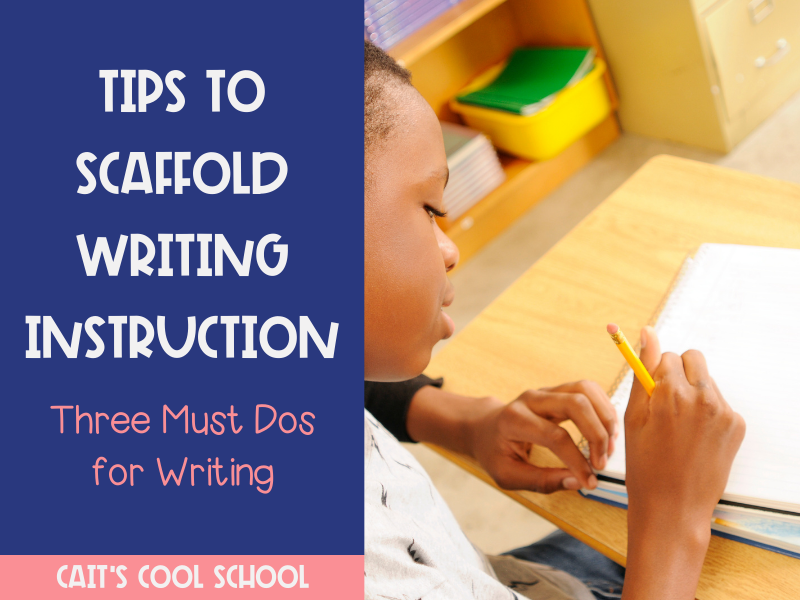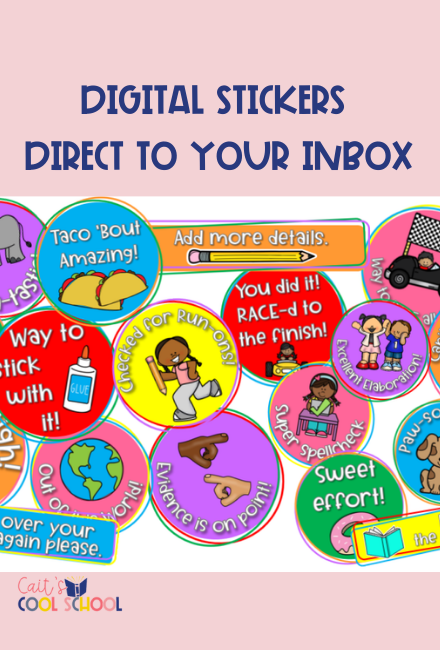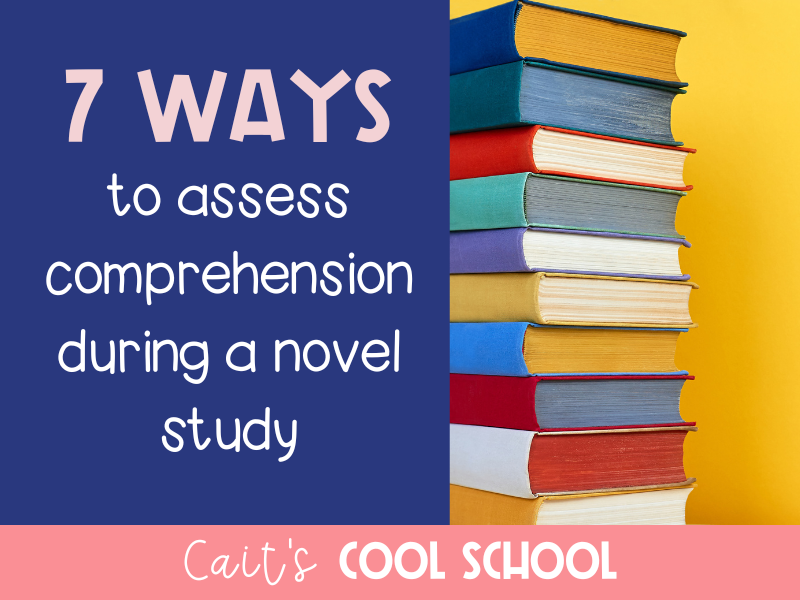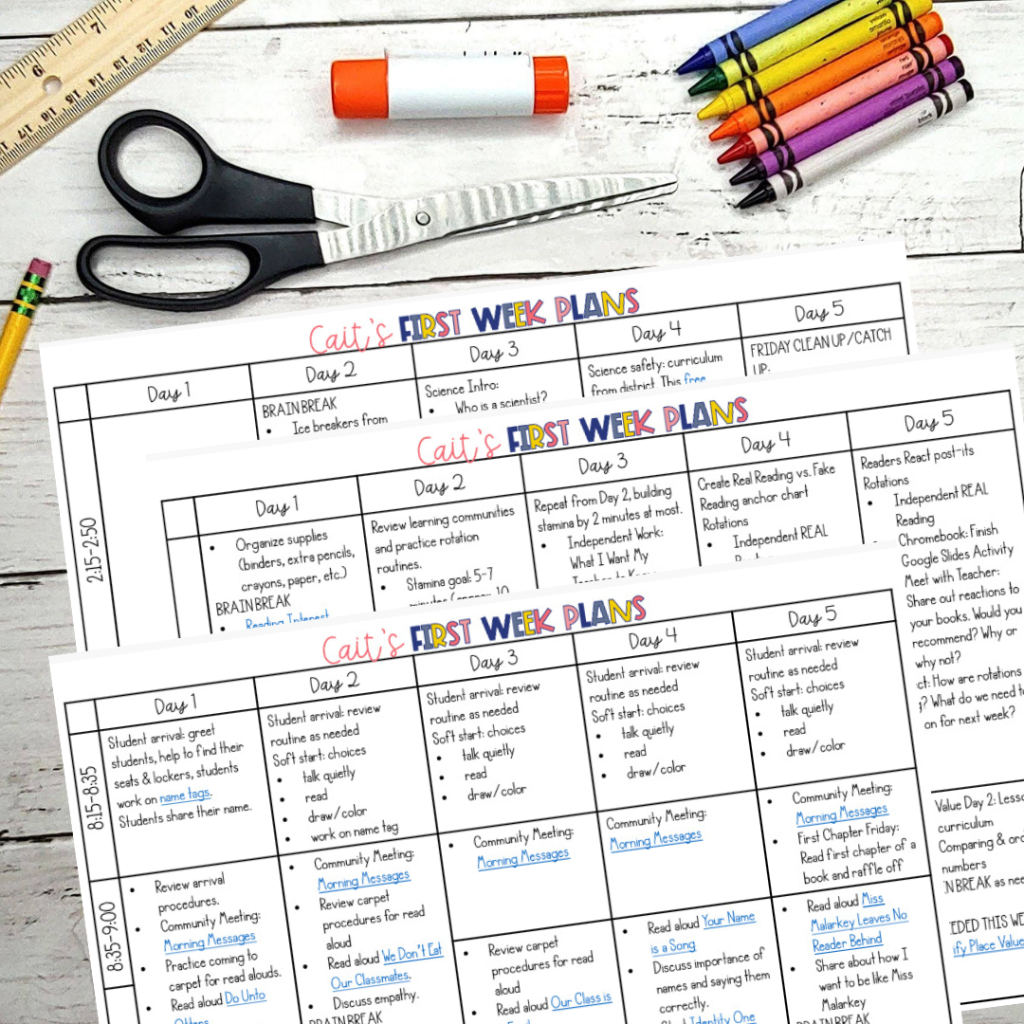
It’s Wednesday night. I’m sitting at my kitchen counter, not-so-patiently waiting for my white chocolate cranberry oatmeal cookies to bake. The timer says 6 minutes left. You know the tricky thing about baking? You put all these ingredients together, step by step mixing carefully measured ingredients. Then you toss it in the oven and hope it bakes just right.
Baking is a lot like teaching. We give our students scaffolded steps, add in challenging materials, and hope they can bake, I mean, learn independently by the end. It can be tricky to have the right ingredients for scaffolding and breaking down the work.
When I first started teaching writing, I tried to remember how I had been taught writing. And then I realized…I don’t think I ever was specifically taught the writing process until high school. Figuring out how to break down writing for my students became a trial and error situation. Here’s what I figured out along the way.
- Graphic organizers: teach students how to organize their thinking and take notes in a variety of ways. I print out some organizers and others are written into our notebooks. The goal is that eventually they can choose an organizer or create their own in the future. This blog post details some different types (and has a free set!).
- Model, model, model: I used to waver on showing kids exactly what to write. I want them to be creative and not just copy my work. Slowly I realized they needed to see me write. Thinking aloud, I walk through the writing process. When I’m modeling, I also will make purposeful mistakes or ask for their advice. It keeps them engaged and lets me see how much guidance I need to give. I model everything from freewriting and graphic organizers to rough drafts and editing/revising. My students especially love when I model revising because it means I made a few mistakes. 😉
- Reflection: look at what your students are doing. Are they being successful? Great. How can you push them further? Do they need reteaching? Plan a mini-lesson. This part has become easier over time because I can anticipate most of the mini-lessons I need for my students, whether small group or whole group. Not sure? Use writing conferences to meet with students individually. This blog post talks about how I manage to conference with each student (even when I have a class of 30!).
Those are my biggest ah-ha! moments in scaffolding learning, especially with writing. These ideas can also be applied to reading, math, science, or social studies. Connecting your writing strategies across curriculum really shows your students how these strategies work! How do you scaffold for your students? What parts are challenging for you?
Teaching writing, but all this talk of scaffolding makes you feel stressed out? Check out my ready to go writing units, with the graphic organizers and mini-lessons planned out:
- Narrative writing unit
- Informative writing (what my team and I are teaching now!)
- Opinion writing
- All other writing units
BONUS TIP: My students use Google Docs and Slides to write their drafts and final projects. I love using these digital stickers to give feedback. Grab them for free here.






 The first FIVE days of lesson plans for the beginning of the year.
The first FIVE days of lesson plans for the beginning of the year.